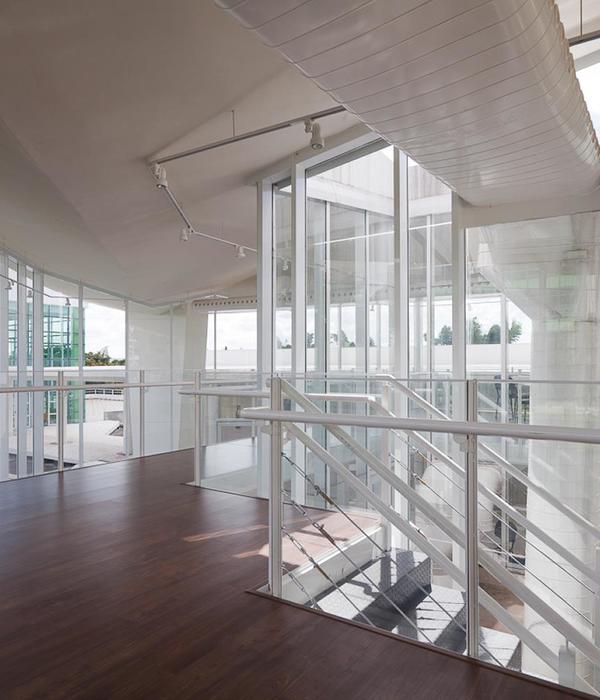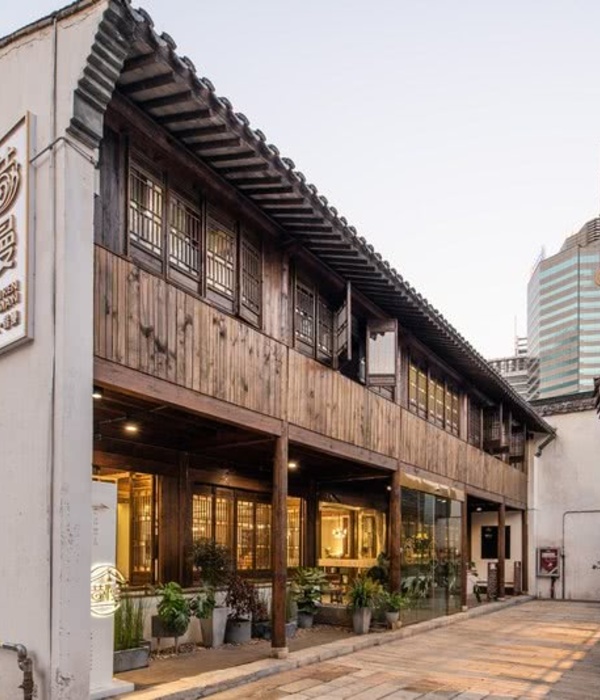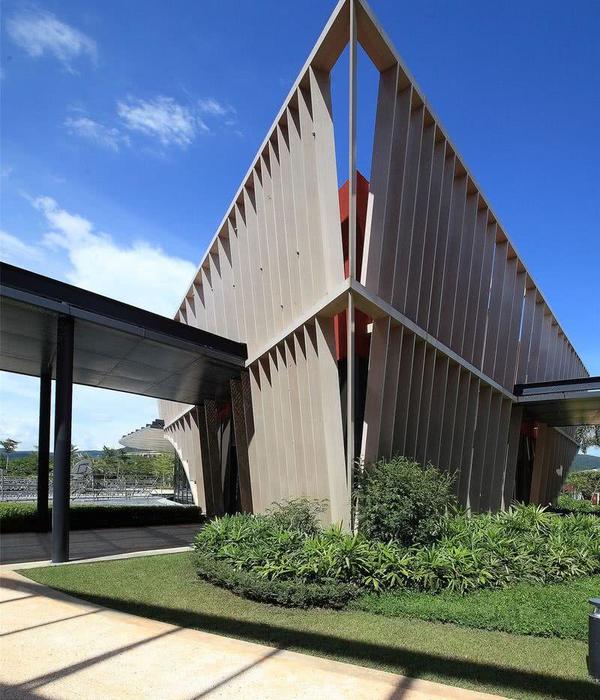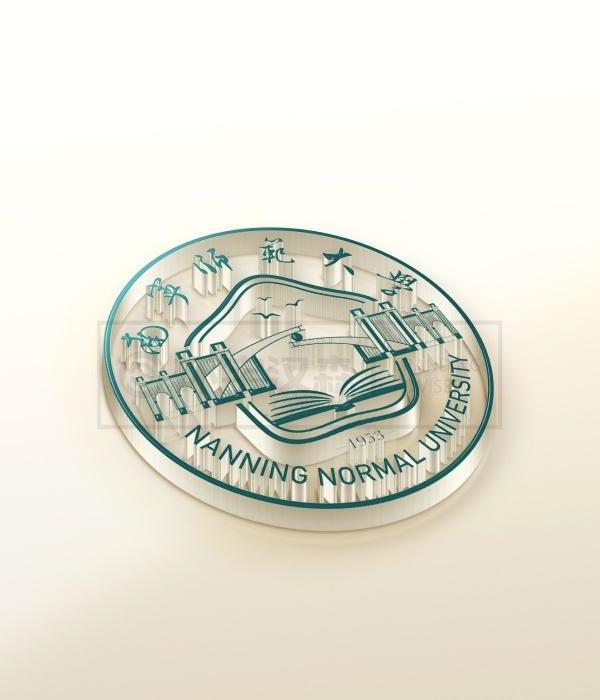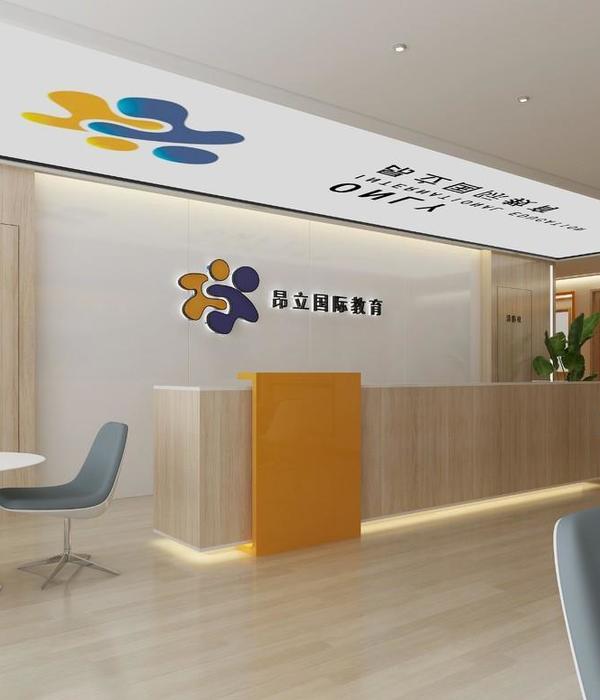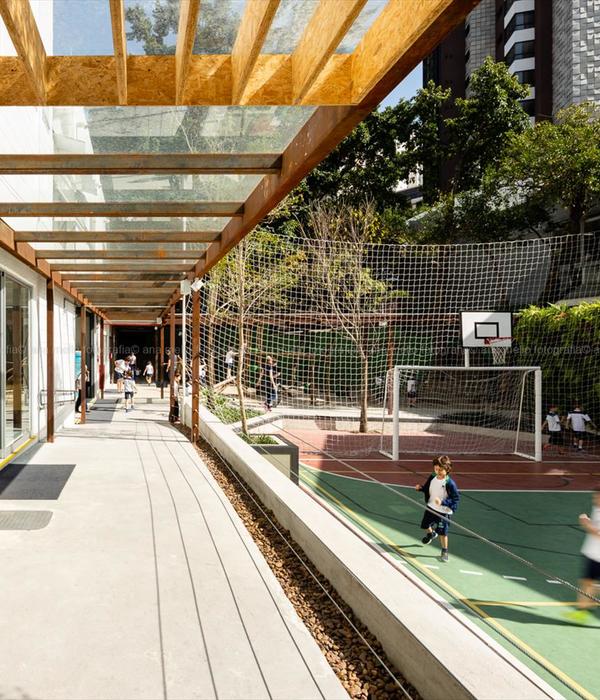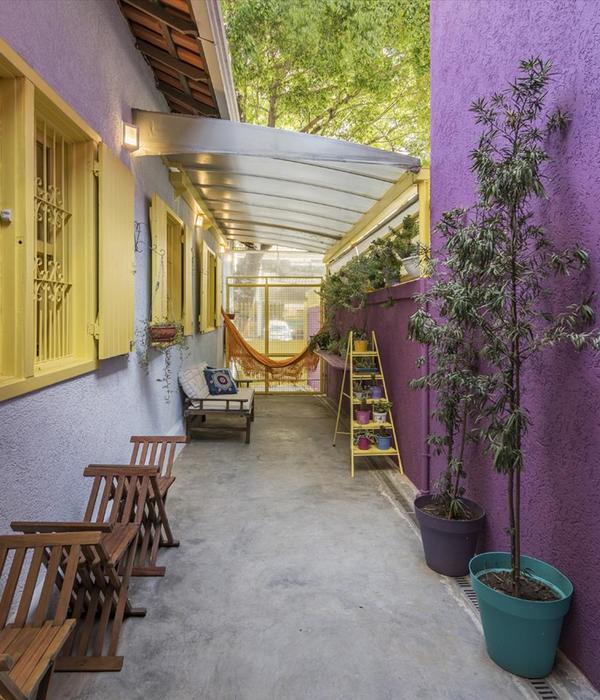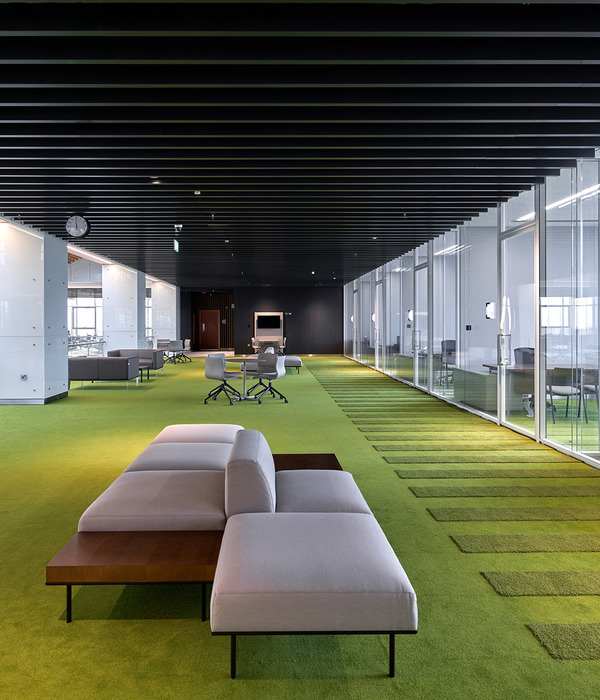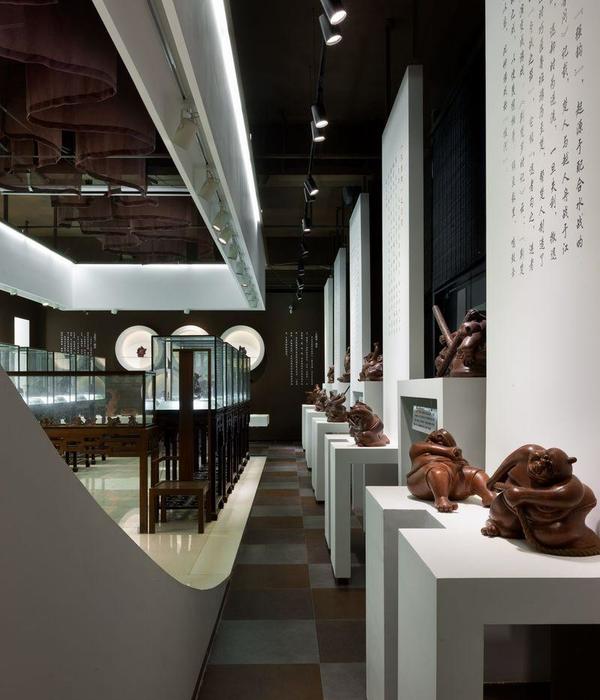Up until 2010, the Erasmus University campus was an incoherent and illogical collection of buildings, entrances and parking spaces. In order to accommodate future growth and give the campus a new heart, the site will be transformed into a ncar-free, leafy-green environment.
This is done through the introduction of two central entrance axes. These divide the campus into a high-density urban area, with towers, large building blocks, alleys and an expansive lush, green park. Most of the parking is positioned beneath the new Plaza, and situated at the boundary between the high-density urban section and the green parks. The Plaza, with facilities such as restaurants, shops and the new student pavilion, becomes the heart of the campus.
This vibrant center is located at the intersection of the new Plaza and the existing Institutenlaan. The new heart consists of the Plaza, a pond, an amphitheater with seating steps, outside seating areas and a new student pavilion that contains a restaurant, exhibition space and a theatre.
Concept
The University Plaza provides a clear distinction between a high-density urban area on the south side, and a green park in the northern part, not only creating a stronger sense of place and orientation but also a stronger connection to its surroundings.
The typology of the park, with its romantic meandering footpaths, connects to the green structure of the residential area of Kralingen, whereas on the south side the high-density urban area is connected to the main structure of the Erasmus Plaza. All existing building backsides in the high-density area will be enclosed by new buildings givinguj the university a stronger and more inviting presentation to its surroundings. The campus will be properly connected to the existing pedestrian and bicycle routes in the surroundings and is from now on also open after midnight, which leads to the campus literally becoming a part of the city of Rotterdam.
Public space
An important element of the design is in how it changes the campus atmosphere. The windy grey parking lot that had covered most areas of the campus is transformed into a pedestrian friendly zone, with a lush green ambience, well designed and constructed furniture and a light colored pavement. The tree arrangements alternate between formal and romantic. Traditional pathways and the natural division of streets into sidewalks (plinth) and center sections, provides free, unhindered movement for pedestrians, cyclists and delivery/service traffic.
Buildings
In the new sustainable approach, a flexible construction grid is projected onto the building plots. New functions and programs can easily be adapted within this system. This is done without changing the basic structure of the buildings. Transparent façades and public programs give the ground floor of all buildings a direct relationship with the public space outside.
Data
Website: Juurlink [+] Geluk Rotterdam
Other designers involved in the process: Studio Sputnik and jvantspijker, Rob Vermeer, Res&Smit
Project location: Burgermeester Oudlaan, Rotterdam, The Netherlands
Design year: 2008-ongoing
Year Built: 2010-ongoing
Manufacturer of urban equipment: Lights by Industrielicht
{{item.text_origin}}

